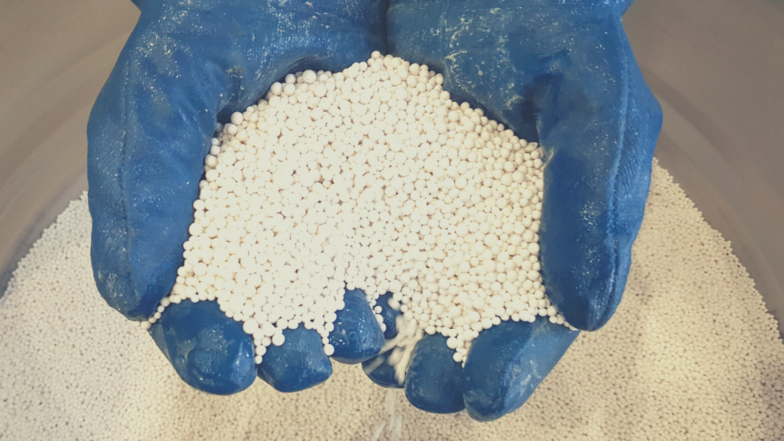Zero Waste Live! – “Allocating recycled content – what are the impacts?”

Event description
Recycling has an important role to play in closing the material loop, as it keeps already used resources and increases the circularity of plastic packaging. To ensure the uptake of recycled materials, the European institutions introduced recycled content targets in different legislative proposals such as the Single-Use Plastic Directive (SUPD), and the recently published Packaging, Packaging Waste Regulation (PPWR).
Following the introduction of the targets, the European co-legislators will adopt the methodology defining and calculating recycled content. Once developed, the method will set a precedent and have further implications for other types of materials and products – such as construction materials, batteries, vehicles and, most likely, textiles. Nowadays, most recycling technologies have a well-established accounting methodology based on a segregation model, ensuring a high level of transparency and traceability along the value chain. However, multi-output technologies, namely pyrolysis and gasification, require the use of the mass-balance chain of custody. The latter is highly controversial given how it allocates recycled content among the output produced.
This webinar presented the main results of our latest study (commissioned to CE Delft) on the environmental impact and circularity of the different allocation rules for recycled content from multi-output recycling technologies (i.e. pyrolysis and gasification).
Speakers
-
 Mathilde CrêpyHead of Environmental Transparency, ECOS
Mathilde CrêpyHead of Environmental Transparency, ECOS -
 Julia RöttgerdingPolicy Officer, DG ENV, European Commission
Julia RöttgerdingPolicy Officer, DG ENV, European Commission -
 Carolina GregorioSustainability Policy and Advocacy Strategy Director, Dow
Carolina GregorioSustainability Policy and Advocacy Strategy Director, Dow -
 Geert WarringaSenior Researcher, CE DELFT
Geert WarringaSenior Researcher, CE DELFT -
 Moderator - Lauriane VeillardPolicy Officer on Chemical Recycling and Plastic-to-Fuels, Zero Waste Europe
Moderator - Lauriane VeillardPolicy Officer on Chemical Recycling and Plastic-to-Fuels, Zero Waste Europe